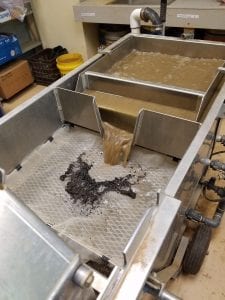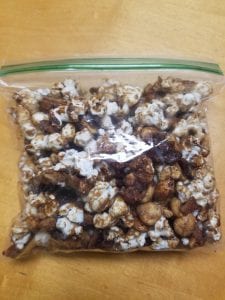I feel like this needs a disclaimer, I was just trying to amuse myself in writing this. This is not to be taken seriously, but if you want to continue the conversation then just leave a comment.
One of the most attractive aspects of archaeology, in my opinion, is the ever-expanding nature of the study. We create more archaeology as we live, so we could never learn everything (even excluding all the data that has been lost). This means that there will always be archaeology which I find amazing, but there’s also a sadder aspect to that. We will never know everything. Are we piecing together scraps of the past in a futile attempt to leave our mark? I think that we’re making some difference, that what we’re doing is not a waste. But if we will never know everything, I wonder why this will be the case. I’ve pondered this quite a bit, and frankly, I haven’t come up with any positive answers.
This is where things are going to get a bit weird, and maybe I’m trying to look too far forward, but I think it deserves a mention. We as a species will go extinct at some point. Now, this could be from any of the infinite possibilities and scenarios. I’m not going to get into hypotheticals because your brain will tell you a better story than I can and that’s not my purpose here. Obviously if we go extinct then we can’t learn about the past anymore as we have all become the past and there is no current or future. What I wonder is if we as humans will be uncovered at any point in time beyond extinction. I am personally a firm believer that intelligent life exists beyond Earth. This does not mean I believe that they have ever contacted us in any way, shape, or form. I simply believe life exists beyond what we know. Assuming some other life form would come across our remains, would we have left enough information for them to understand us? Forget the odds of another species being able to translate our written thoughts and ideas. Would another species even care about us being some lost civilization? I don’t know and frankly I’ll never be able to answer that. Technically aliens could do archaeology, after all it is a study of humans and I’ve never seen it defined as a study by humans.
I feel like aliens doing archaeology would be kind of funny. Especially if they uncover a recording of the Ancient Aliens guy. I don’t know how a conversation between other intelligent life would go, but the thought of aliens calling that guy a liar just makes me chuckle.





